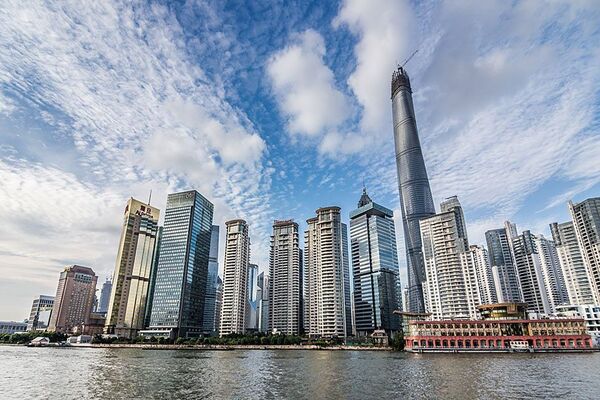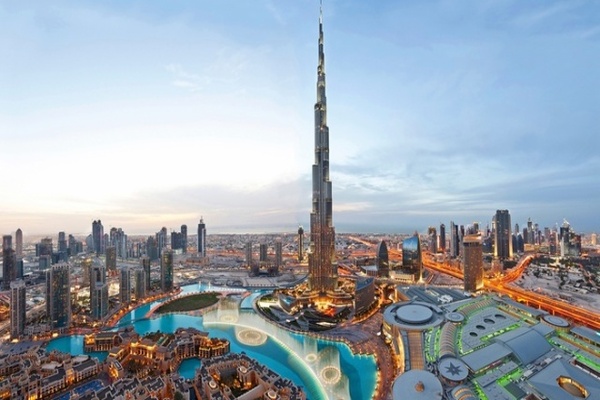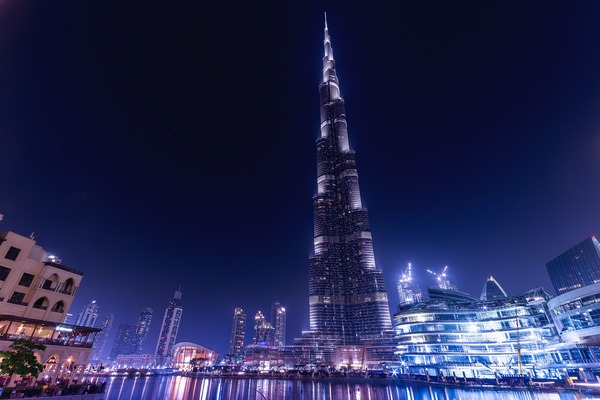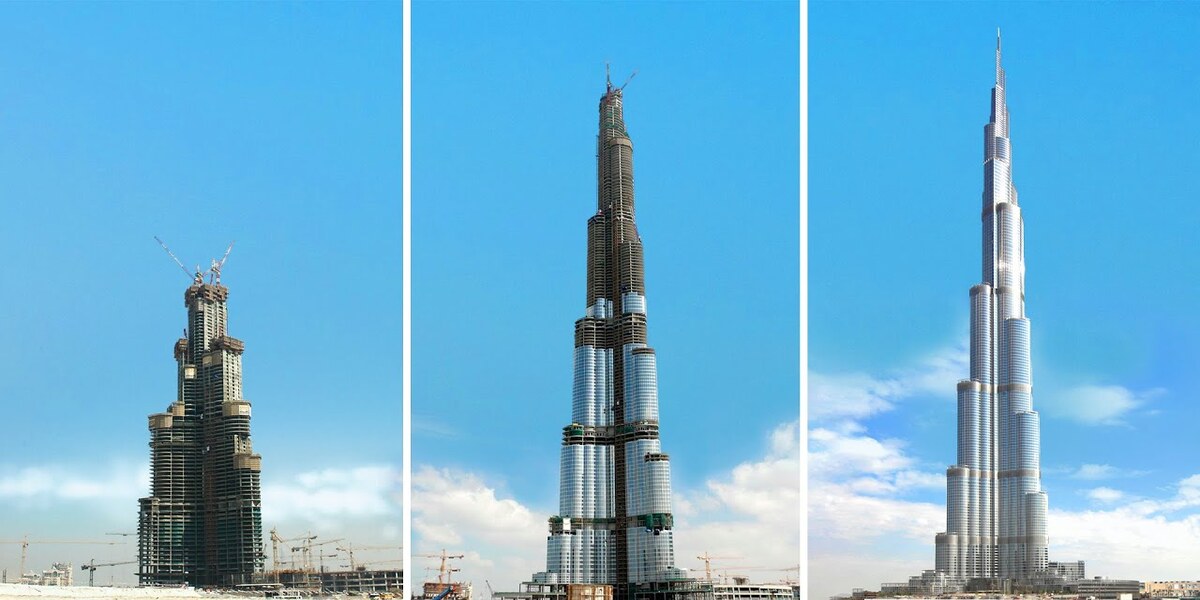Since ancient times, people have sought to build a building to the very sky, the dream of which is described in the biblical tradition of the Tower of Babel. Today, the tallest building in the world is the Burj Khalifa, built in Dubai in 2010. This multifunctional tower combines all the most innovative developments in the field of engineering and construction. What exactly? How did you manage to build such a gigantic structure in just six years in the extreme climatic conditions of the Dubai desert? What’s inside the Burj Khalifa? How many floors are in the building? And most importantly – are there technological limits on the height of the building today or is everything limited by the customer’s budget? Read about it in the article…
The Burj Khalifa tower is a real vertical city, where about 35 thousand people can be at the same time. When designing this tallest building in the world, engineers had to solve many problems that were previously purely theoretical. Initially, the architects were given a very specific task – the Burj Khalifa skyscraper should not be equal in height. Because of this, changes had to be made to the original design when 35 floors had already been erected. The fact is that the construction customers heard rumors about the project of another skyscraper with a height of more than 700 meters, and they raised the bar for the Burj Khalifa to 800 meters. As a result, the tower rises 828 meters above the ground.

Firstly, the Burj Khalifa has a very solid foundation, despite the fact that the tallest building in the world is located in a desert area where the rock is quite loose. Given the characteristics of the soil, the engineers used hanging piles 45 meters long and 1.5 meters in diameter. There are 200 of them in total, and they can withstand the weight of the tower equal to about 0.5 million tons. Installing the piles was not easy, as the walls of the shafts for them collapsed as soon as the drill was removed. To prevent this from happening, the pile shafts of the Burj Khalifa foundation were filled with a unique polymer resin, which was subsequently displaced by poured concrete.
Secondly, the Burj Khalifa Tower, despite its height, has a very stable shape. Its structure is called “reinforced core”. This means that the tallest building in the world consists of several sculptural volumes supporting each other. At the same time, each volume has its own frame and additional columns. From wind loads, which are the main enemy of high-rise buildings, the tower is also saved due to the various forms of its sculptural volumes. Thanks to them, a powerful wind flow is broken into components that are not capable of causing serious damage. The overall design of Burj Khalifa is inspired by the geometry of a flower growing in the Dubai desert and patterns traditional for Islamic architecture.

The impressive size of the skyscraper attracts everyone’s interest in the Burj Khalifa. How many floors are in the building? – this question involuntarily arises when you look at a tower of such an unusual design. The answer is 162 (if you do not take into account the technical floors – 46 in the spire and 2 underground).
For all its impressiveness, the Burj Khalifa tower was built in record time. This was made possible thanks to the technology of filling “jumping forms”. The steel frame of the floor slabs was assembled on the ground, then raised to the desired height, placed in a special mold and poured with concrete there. As the concrete cured, the mold was lifted with hydraulic tools while the concrete block remained in place. Concrete was delivered to the desired height using special pumping systems. Due to high temperatures, pouring was carried out exclusively at night, and ice was added to the solution.
The tallest building in the world is a real center of innovation. All Burj Khalifa systems – power supply, vibration sensors, air conditioning, etc. – are connected to a single control center, from where their work is constantly monitored and, if necessary, adjusted. In addition, a powerful fire safety system is complemented by nine fire shelters that can withstand fire for 2 hours.

The outer walls of the Burj Khalifa consist of special double-layer glass panels that allow you to maintain a comfortable microclimate inside. The first layer is coated with a thin layer of metal and acts like a sunscreen by reflecting the heat radiation from the sun. The second layer is coated with a layer of silver that protects from infrared rays.
Functionally the tallest building in the world, it is a versatile complex of offices, retail space, residential space and the Giorgio Armani Hotel. The building, which is the dominant feature of the new business center in Dubai, has 57 elevators, one of which leads to the observation deck on the 124th floor. At ground level, the Burj Khalifa is surrounded by gardens, ponds and pedestrian boulevards.
The budget for the Burj Khalifa project, whose height exceeds 800 meters, amounted to $ 1.5 billion. And some experts in the field of engineering argue that it is the budget that is the only limiter in high-rise construction today. There are no technological limits on the height of a building today. And it is quite possible that the ancient dream of mankind about the Tower of Babel will someday become a reality.


13 Comments
Comments are closed.